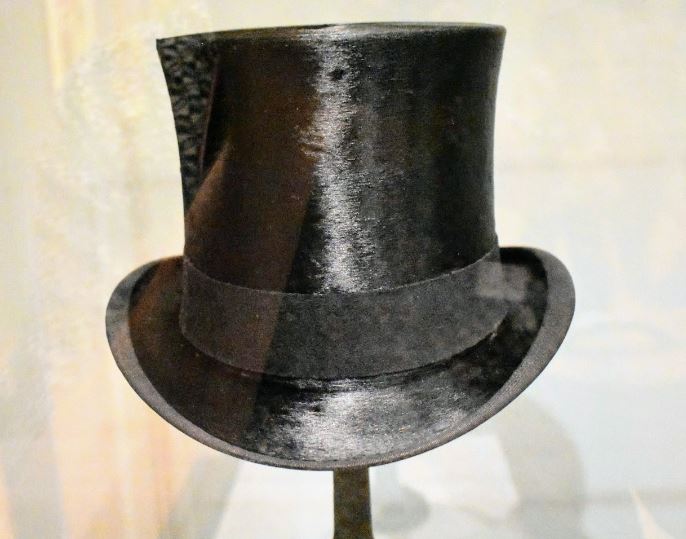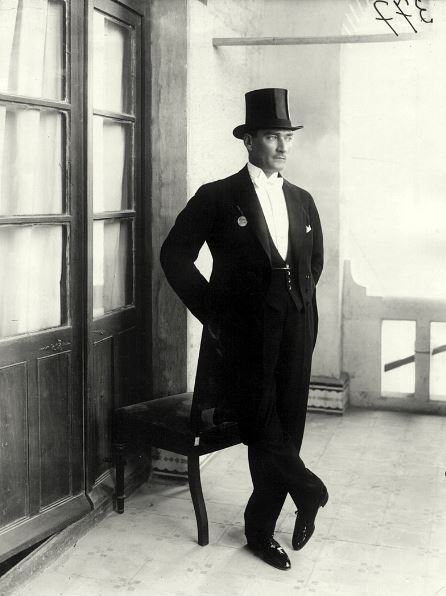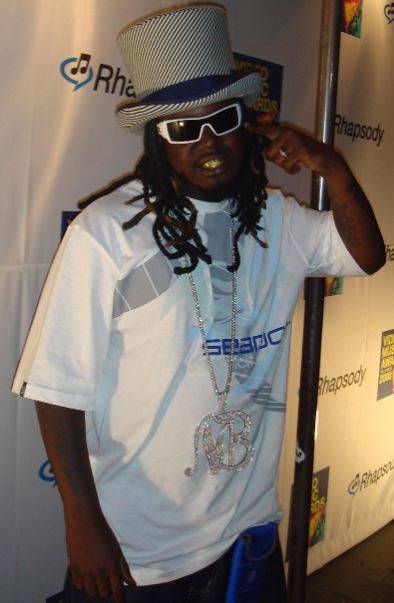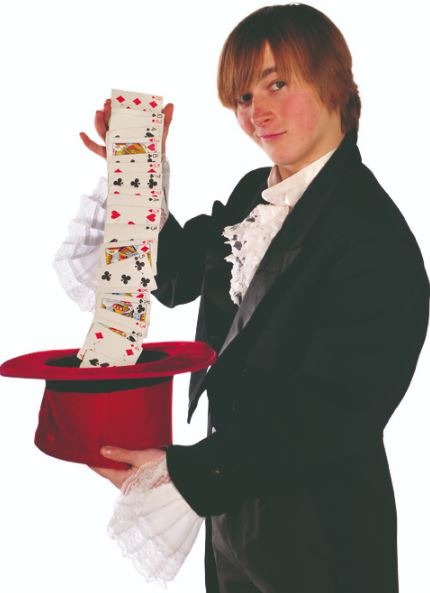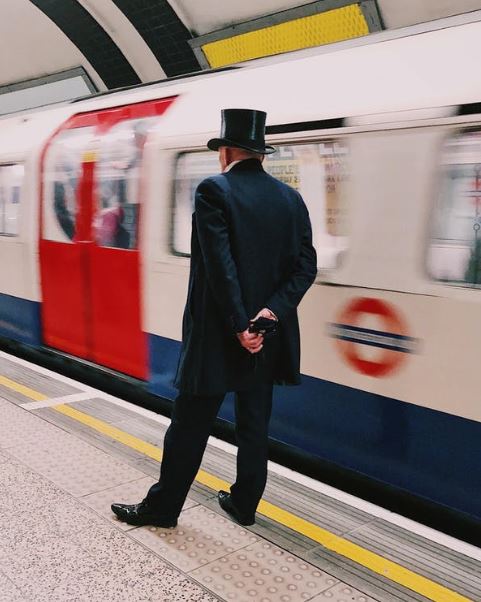Top hats have never been more refined and dominant in fashion as they are today. When haberdasher John Hetherington wore the first top hat in 1797, it nearly sparked a riot.
According to a newspaper article, “passersby panicked upon seeing the sight.” Several women fainted, children screamed, dogs yelped, and an errand boy’s arm was broken when he was trampled by the mob.” Therefore, Hetherington was hauled to court for wearing “a tall structure having a shining luster calculated to frighten timid people.”
A top hat is also known as a high hat, cylinder hat, or, informally, a topper. It is a tall, flat-crowned hat associated with formal clothing in Western dress codes, specifically white tie, morning dress, and frock coat. At the end of the 18th century, the top hat arose in Western design, typically fashioned of black or sometimes gray silk. Despite its demise during the 1960s counterculture, it remains a formal fashion accessory.
Top Hats During The 1900s
By 1900, top hats were made of silk and reserved for special occasions, such as weddings and dances, as they are today.
In the 1930s, however, Fred Astaire, Gary Cooper, Marlene Dietrich, and others brought back the popularity of top hats through the medium of film.
Every prosperous American wore a top hat, black tie, and tails. After witnessing Astaire’s films, both the French and the English embraced the return of top hats.
You may have seen photographs of women from the past wearing top hats. However, these are typically riding helmets from which the original top hat was fashioned. You may be familiar with the early 1900s photograph of Spokane native May Hutton dressed as a man and ready for a costume party while wearing a top hat.
Top Hats In Formal Occasions
The opera hat is the collapsible variation of a top hat designed in the 19th century. Although beaver hats were popular for a few decades around the turn of the 19th century, black silk became the standard, with occasional grey variations.
In the 1840s, the frock coat superseded the dress coat as the standard formal daywear, but top hats remained worn with frock coats and became known as formal evening wear with a white tie.
From 1850 to 1900, men donned top hats for business, pleasure, and formal occasions — pearl gray during the day and black at night — making them feel taller, more handsome, and more confident.
If men did not wear a top hat, you could be sure they wore a hat of some sort; it was a fashion must. Rich or poor, men would never be seen without a hat. Men wore hats on every outdoor outing far into the 1960s, just as women did, which is another story this author will investigate later.
White tie, morning dress, and frock coats, together with their counterpart, the top hat, began to be restricted to high society, politics, and foreign diplomacy after World War II.
John F. Kennedy’s 1961 inaugural was the final presidential inauguration to have a top hat. Following the counterculture of the 1960s, its use continued to wane, along with men’s daily informal headwear.
In addition to typical formal attire, the top hat is still worn for the most formal occasions, such as weddings and funerals, as well as specific audiences, balls, and horse racing events, such as the Royal Enclosure at Royal Ascot and the Queen’s Stand at Epsom Derby.
It is also worn by those in prominent positions in traditional British institutions, including the Bank of England, certain City stock exchange officials, occasionally at the Law Courts and Lincoln’s Inn, judges of the Chancery Division and Queen’s Counsel, boy-choristers of King’s College Choir, dressage horseback riders, and servants’ or doormen’s livery.
Top Hats In Pop Culture
As part of traditional formal attire, in popular culture, the top hat has been used by satirists and social critics to represent capitalism or the corporate sector, as with the Monopoly Man and Scrooge McDuck.
Uncle Sam, a symbol of the United States, wears a top hat as part of his customary attire, typically striped in red, white, and blue.
In addition, since Louis Comte’s 1814 performance of “Pulling a Rabbit out of a Hat,” the top hat has been connected with hat tricks and stage magic outfits.
Top Hats In Judaism
In some synagogues, the president and honorary officers are allowed to wear top hats on Shabbat and during the major Jewish holidays.
The custom of wearing a top hat, or tzylinder in Yiddish, developed in England during the 19th century, replacing the wig and tricorn hat. The practice extended throughout Europe until the Holocaust.
Top Hats And Freemasonry
In Freemasonry, as practiced in North American lodges, top hats are commonly connected with the position of Worshipful Master, as he is the only member permitted to wear a head covering to represent his leadership within the lodge.
However, the Master is not required to wear a top hat and may wear any hat he considers suitable for the occasion. Different lodges have different forms of formality, from formal to casual attire.
On the day of his installation or as a parting gift, it is also common for the Worshipful Master to receive top-hat-related trinkets and gifts. In some countries, particularly in certain German systems, all lodge members wear top hats. Congregation members may wear top hats in some traditional Sephardi synagogues on important occasions.
Top Hats Trivia
- Abraham Lincoln’s silk stovepipe top hat, which he wore to Ford’s Theatre the night of his assassination in 1865, is one of the Smithsonian Institution’s most cherished artifacts. As a lawyer, he was well-known for storing critical documents, court notes, and contracts in his tattered, tall top hat.
- French magician Louis Comte was the first to use a top hat to conjure a white rabbit in 1814.
- Richard M. Nixon was the last president to be inaugurated wearing a top hat or headgear.
- Fred Astaire wore a top hat in nearly a dozen films, including the 1935 film “Top Hat” with Ginger Rogers.
- Uncle Sam is adorned with a top hat.
- A top hat token was one of the initial game board components of Monopoly.
- The “Mad Hatter” donned a top hat in Alice’s Adventures in Wonderland.
- With his top hat, Dr. Seuss’s Cat in the Hat caused mayhem for two lonely children.
Reasons for Tall Top Hats
Hats are a good accessory and the best way to express your fashion statement, just like wearing beanie hats or top hats. Here are the most common reason why people wear top hats.
Top hats demonstrated a sense of fashion. People assumed you were out of touch if you were not wearing them since they were ubiquitous. Regardless matter why you wore a top hat, it was one of the most widespread fashion trends in which practically everyone could partake.
If you were confident, courageous, and proud, you would be wearing a beautiful top hat. They were powerful and imposing. You would wear a top hat to demonstrate that you are not one to hide from the masses. After all, the height of the hat would stand out in a throng above anything else.
Some men wore top hats to intimidate others, but this motive gradually disappeared as the style gained popularity. Increasing one’s height is known to generate intimidation or terror, much as it does in the animal realm.
They were comfortable for most of the year. You could wear a top hat regardless of the temperature. It did not matter how cold it was because the hat would keep your head warm. If it was extremely hot outside, the hat protected your head from sunburn.

